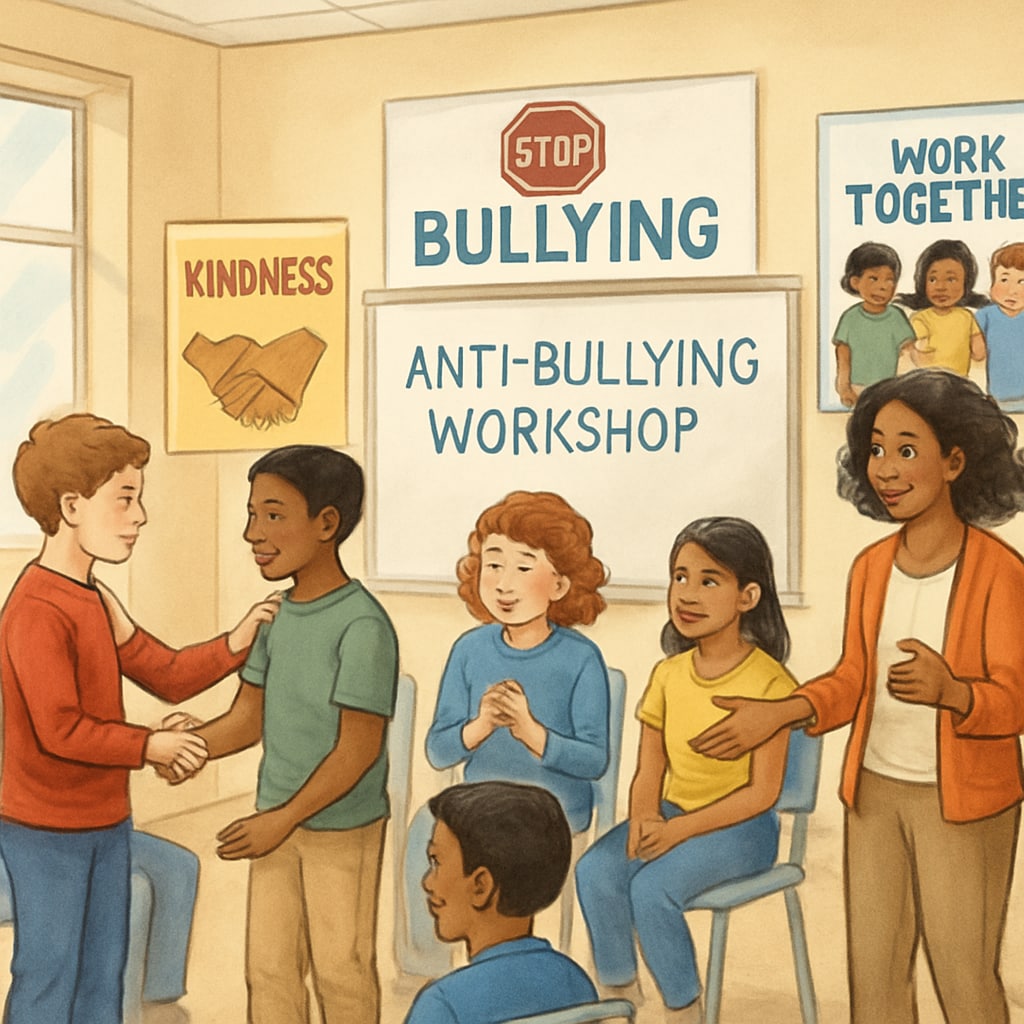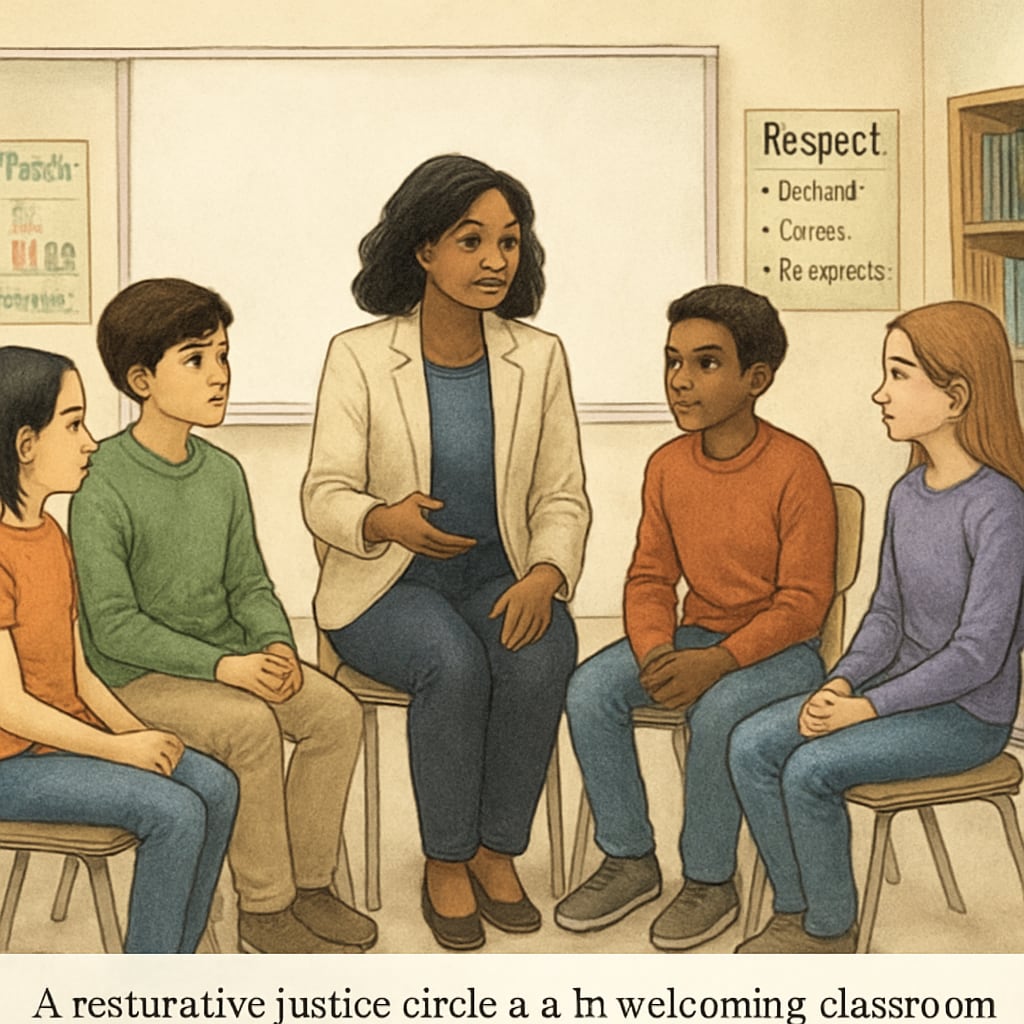School bullying is a pervasive issue that negatively impacts students, families, and educational communities. Understanding its definition, addressing its consequences, and implementing effective handling strategies are essential for fostering a safe learning environment. This article outlines the scientific definition of bullying, its consequences, and an ideal approach to managing bullying behavior that emphasizes prevention, education, and restorative practices.
What Is School Bullying? A Clear Behavioral Definition
To effectively address school bullying, it is critical to define it accurately. Bullying typically involves repeated, intentional behavior aimed at causing physical, emotional, or psychological harm to a victim who may struggle to defend themselves. Key elements include:
- Intentionality: Actions are deliberate and meant to harm.
- Repetition: The behavior occurs repeatedly over time.
- Power Imbalance: The bully often holds social, physical, or psychological power over the victim.
Examples range from verbal attacks, such as name-calling or threats, to physical violence or social exclusion. Cyberbullying has also become a significant concern in the digital age, further complicating prevention and accountability efforts.

The Consequences of Bullying: A Ripple Effect
The impact of bullying extends far beyond the individuals involved. Victims may experience academic struggles, anxiety, depression, or even long-term mental health issues. Bullies themselves may develop behavioral problems and face disciplinary action, while bystanders often feel guilt or helplessness for failing to intervene.
Furthermore, unchecked bullying can erode the overall school climate, creating an atmosphere of fear and distrust. These consequences highlight the urgent need for comprehensive intervention strategies.
An Ideal Approach to Managing School Bullying
Addressing school bullying requires a balanced approach that incorporates prevention, education, and restorative practices. Below is a proposed framework:
1. Prevention Through Awareness
Prevention begins with creating a culture of respect and empathy. Schools should implement anti-bullying campaigns, workshops, and peer mentoring programs to promote awareness. Educators and parents must also be trained to recognize early warning signs of bullying behavior.
2. Educational Interventions
Educational interventions should focus on teaching social-emotional skills, such as conflict resolution, communication, and empathy. Incorporating these lessons into the curriculum can help students develop positive interpersonal relationships and reduce bullying incidents over time.
3. Restorative Practices
When bullying occurs, restorative practices should be prioritized over punitive measures. These practices focus on repairing harm, fostering accountability, and rebuilding trust between the bully, the victim, and the school community. Mediation sessions, facilitated by trained professionals, can help achieve these goals.

Collaborating for a Safer School Environment
Tackling school bullying effectively requires collaboration between educators, parents, and students. Open communication channels, regular feedback mechanisms, and a shared commitment to fostering a positive school environment are all essential. Schools can also partner with mental health professionals to provide support for victims and rehabilitative programs for bullies.
For example, organizations like StopBullying.gov offer valuable resources for schools and families to prevent and address bullying. Similarly, WHO’s Bullying and Violence in Schools provides global insights into bullying’s impact and prevention strategies.
Conclusion: A Unified Effort for Positive Change
School bullying, with its far-reaching consequences, demands a proactive and unified response. By focusing on prevention, education, and restorative practices, schools can create a safe, inclusive, and supportive environment for all students. This ideal approach not only addresses the immediate issue of bullying but also nurtures a generation of empathetic and socially responsible individuals.
As educators and parents, it is our collective responsibility to ensure that every child feels safe and valued in their learning environment. Through collaboration, awareness, and effective strategies, we can overcome the challenges posed by bullying and build a brighter future for our children.
Readability guidance: The article uses short, clear paragraphs, bullet points for key ideas, and transitions like “for example” and “in addition” to improve flow. The active voice is prioritized, and complex concepts are explained in accessible language. Images are strategically placed to support key ideas.


